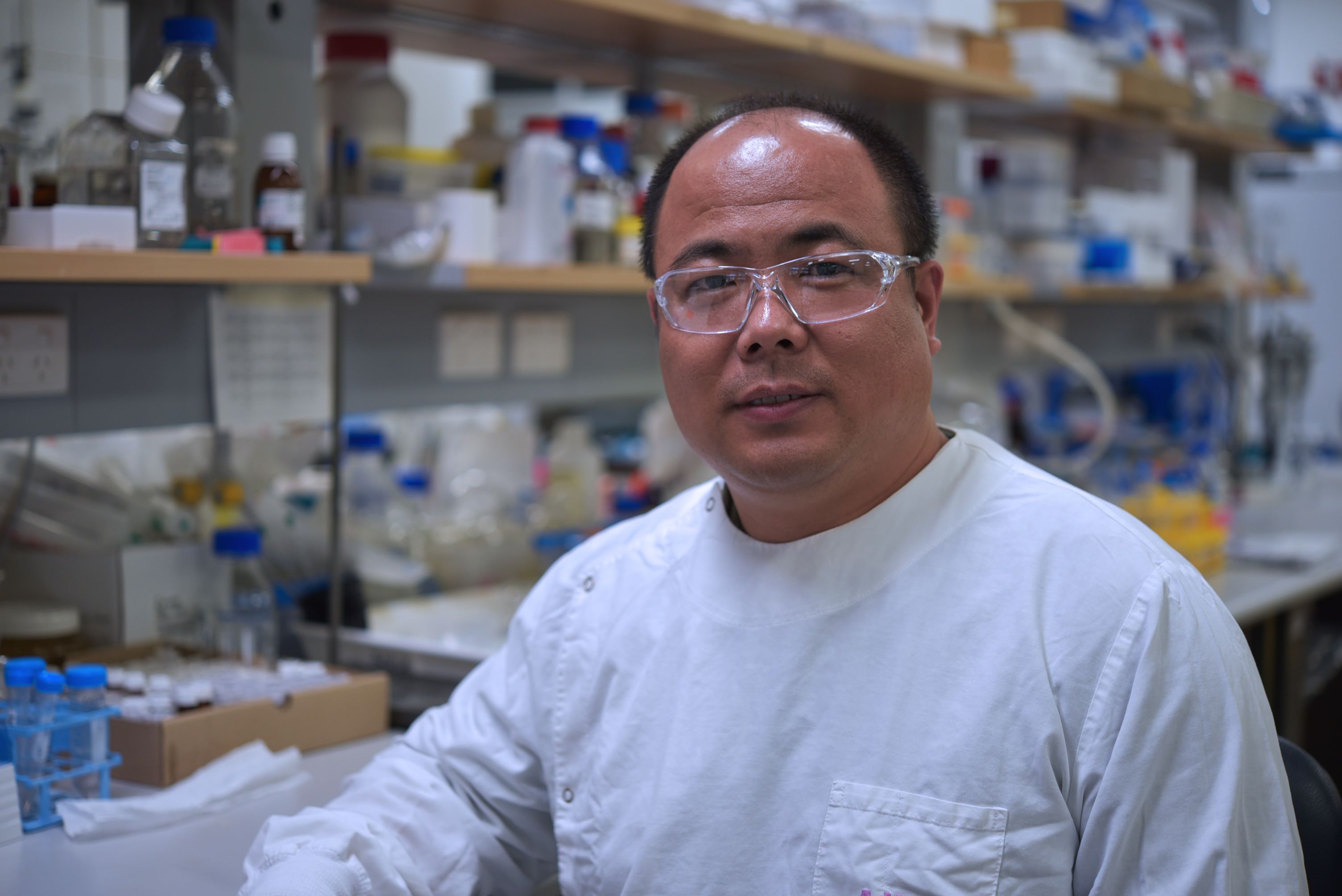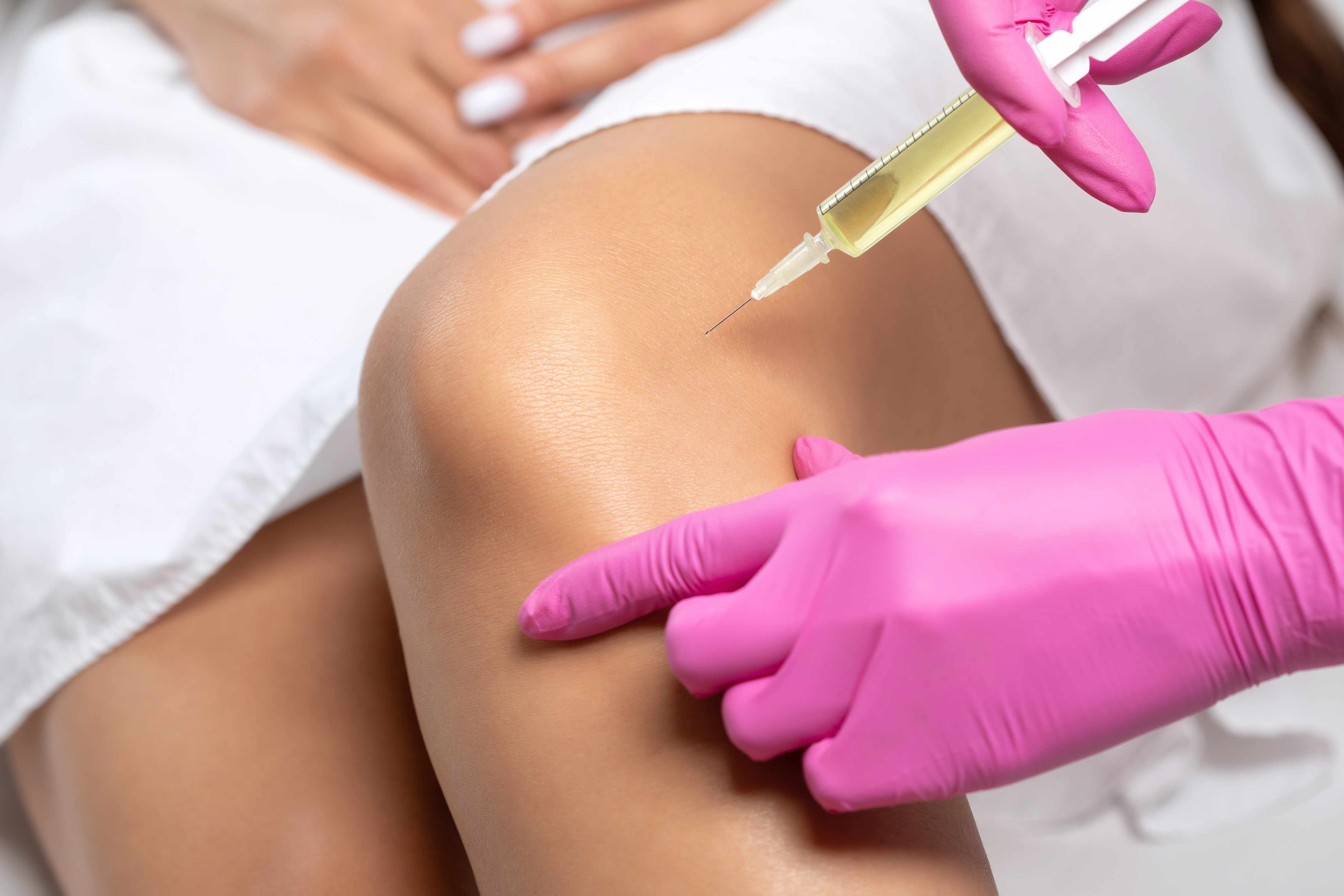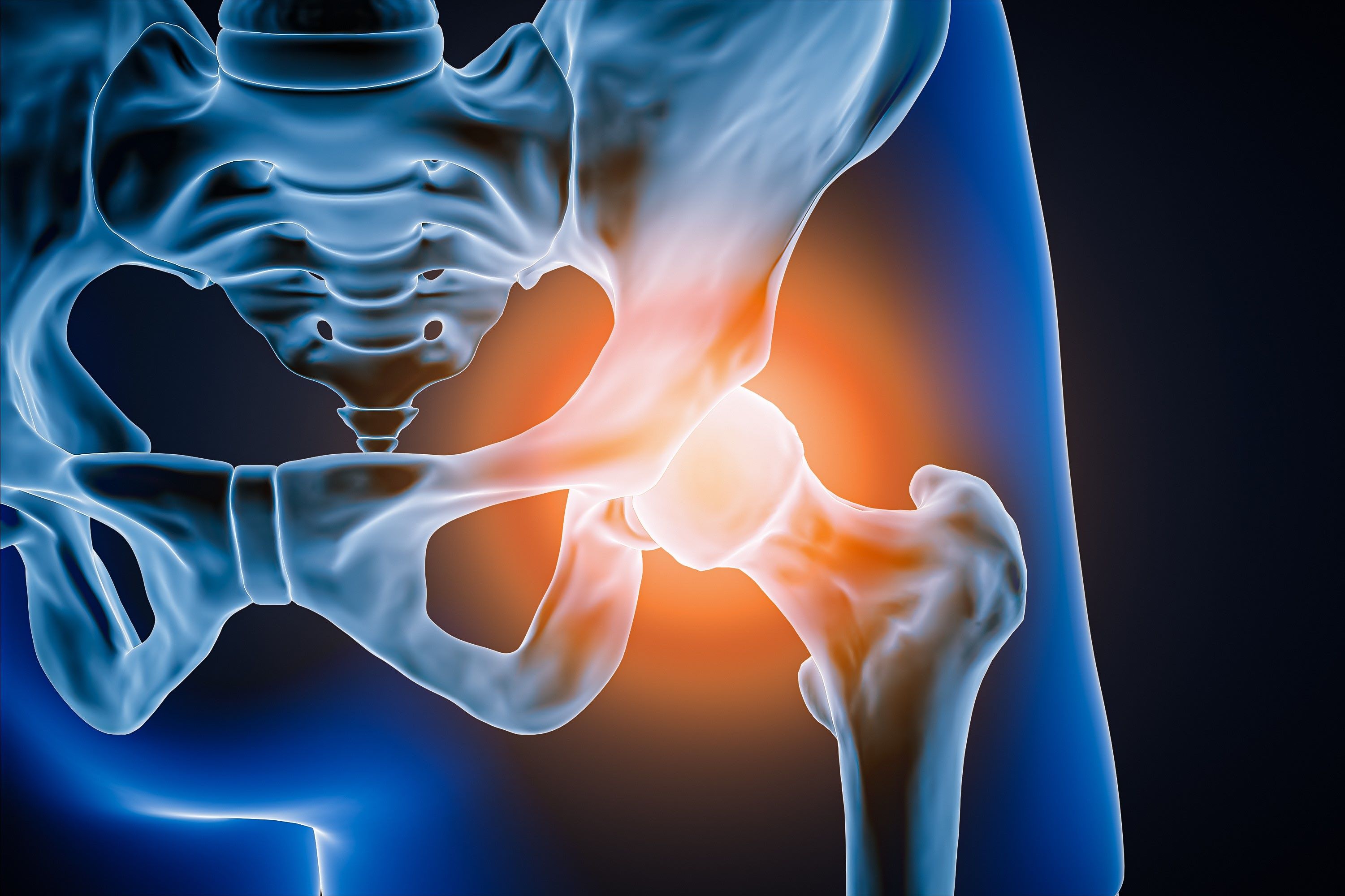Researchers at the Australian Institute for Bioengineering and Nanotechnology (AIBN) are developing injectable biotechnology that could help osteoarthritis patients achieve long term pain relief and movement in problem joints.

Lead researcher Dr Changkui Fu and his colleagues have started early work on a synthetic, drug-free biolubricant that osteoarthritis patients inject into joints that have lost their protective cartilage.
Osteoarthritis is a degenerative disease that affects more than 2 million Australians and has no known cure. It commonly affects the joints of older people, often manifesting as debilitating pain and stiffness the hips, knees, fingers, or toes. Stay on top of our industry news and developments, events and opportunities, by joining The NetworkJoin The Network
Dr Fu, who is backed by an Arthritis Australia project grant, said his biolubricant technology represented a major departure from traditional treatments that failed to address a core problem for osteoarthritis patients: cartilage loss.
“The degradation of cartilage and the painful friction that follows is a key mechanical component in this disease,” Dr Fu said.
“But most treatments are only providing relief from symptoms. They’re not looking at disrupting the biophysical dynamic”.
Many osteoarthritis patients keep their symptoms in check with repeated doses of anti-inflammatories, opioid analgesics, steroids, or lubricating hyaluronic acid. Dr Fu said these short-term solutions varied in effectiveness, and posed risks of side-effects.
In search of a better solution, Dr Fu and AIBN colleagues Professor Andrew Whittaker and Dr Felicity Han have been working on an injectable molecular brush biolubricant that binds quickly and firmly to damaged joint cartilage to form a long lasting protective layer of synthetic molecules.

Developed from safe and affordable components, including chitosan derivatives from crab shells and a highly water-soluble polymer, the technology essentially mimics the cushioning effect of healthy cartilage.
Dr Fu said patients would likely need repeated biolubricant injections over time – as the technology is being designed to disperse naturally in the body – but less frequently than current osteoarthritis management methods demand.

Dr Fu hopes further testing will help push the biolubricant towards clinical translation within five years.
“More work is needed before a patient-ready product can be rolled out, but we are seeing an enhanced lubrication effect that has the potential to slow down the progression of osteoarthritis,” Dr Fu said.
“It’s a new, innovative approach to solving an old problem, and hopefully something that provides people with lasting relief.”
Also involved in the project is Dr Jiao Jiao Li from the University of Technology Sydney’s school of biomedical engineering, and Associate Professor Kevin Tetsworth, an orthopaedic surgeon at the Royal Brisbane and Women’s Hospital and a clinical lead in Orthopadic Stream at the Herston Biofabrication Institute.
Want to learn more about this story or how you can partner with AIBN on ground-breaking research?
Contact us via email: communications@aibn.uq.edu.au
or phone: +61 414 984 324



